Home>Ideas and Tips>Indoor Bonsai Garden Creation and Miniature Tree Cultivation
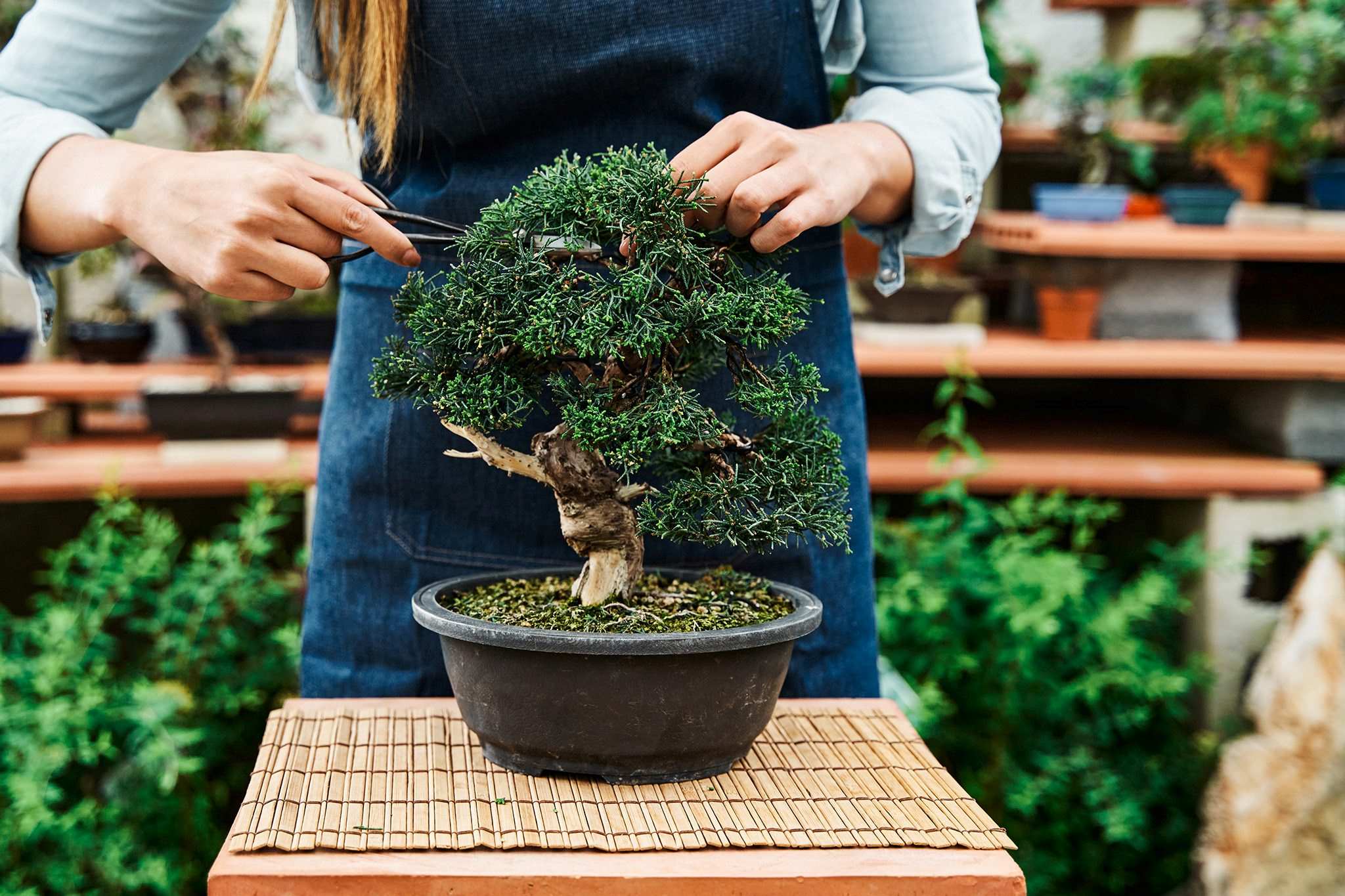

Ideas and Tips
Indoor Bonsai Garden Creation and Miniature Tree Cultivation
Published: September 2, 2024
Create a tranquil indoor bonsai garden with our guide on selecting, caring for, and designing miniature trees. Perfect for beginners and enthusiasts alike.
(Many of the links in this article redirect to a specific reviewed product. Your purchase of these products through affiliate links helps to generate commission for Storables.com, at no extra cost. Learn more)
Creating an indoor bonsai garden is a rewarding and challenging hobby that combines the art of horticulture with the aesthetic appeal of miniature tree cultivation. Bonsai trees have been a part of Japanese culture for over a thousand years, and their beauty and tranquility can be easily replicated in your home. This article will guide you through the process of selecting the right bonsai tree, understanding its specific care requirements, and designing a beautiful indoor bonsai garden.
Choosing the Right Bonsai Tree
When it comes to selecting a bonsai tree for indoor cultivation, it is crucial to choose species that are tolerant of indoor conditions. Most bonsai trees are temperate and require a period of dormancy in the winter, which is challenging to replicate indoors. Therefore, tropical and subtropical trees are the best options for indoor bonsai cultivation.
Popular Indoor Bonsai Species
-
Ficus Bonsai
- The Ficus bonsai is one of the most common and easiest to care for. It is tolerant of low humidity and is very resilient, making it an excellent choice for beginners. Ficus trees thrive in bright, sunny locations and can tolerate a range of temperatures.
-
Dwarf Jade
- The Dwarf Jade is another popular species for indoor bonsai. It prefers well-draining soil and can tolerate low humidity, making it suitable for indoor environments. However, it requires more frequent watering than other species.
-
Fukien Tea (Carmona)
- The Fukien tea is known for its small white flowers and is relatively easy to care for. It prefers bright, indirect light and can thrive in a variety of temperatures, making it a versatile choice for indoor bonsai.
-
Hawaiian Umbrella (Schefflera)
- The Hawaiian umbrella is a versatile species that can grow well in a range of lighting conditions. It prefers well-draining soil and moderate watering, making it a good choice for those new to bonsai cultivation.
-
Sweet Plum (Sageretia)
- The Sweet plum is known for its small white flowers and prefers bright, indirect light. It is relatively low maintenance and can thrive in a variety of indoor environments.
Understanding Bonsai Tree Care
Caring for an indoor bonsai tree requires attention to several key factors: light, humidity, watering, and temperature.
Light
One of the main challenges of keeping a tropical bonsai tree indoors is replicating the high light intensity found outdoors. While most bonsai trees won't die immediately if they don't get enough light, growth will decrease and weaken the plant over time. Placing your bonsai in a bright location, preferably directly in front of a south-facing window, is highly recommended. Even with a south-facing window, the light intensity may still be too low. Supplementing with artificial lighting can help. Fluorescent lighting with growth-friendly spectra or light-emitting diode (LED) lighting for about 10 hours a day can significantly enhance your tree's health.
Humidity
Tropical bonsai trees require relatively high humidity, much higher than the average home environment. You can increase the humidity near your bonsai tree by placing it on a humidity tray filled with water or by misting your tree a few times a day. Circulating air from outside by opening a window during the day can also help maintain a more natural environment.
Watering and Fertilizing
Watering is one of the most critical aspects of caring for an indoor bonsai tree. The key is to never water on a routine. Instead, monitor your tree and its soil, and only water when it's needed. Overwatering is a common mistake that can lead to root rot and other issues. Underwatering, while less harmful, can still cause stress to the tree. Fertilizing should be done sparingly as bonsai trees have limited storage for nutrients and water.
Temperature
Tropical bonsai trees need relatively high temperatures throughout the year, similar to standard room temperature. Subtropical species can withstand somewhat lower temperatures and generally thrive when they enjoy a winter season with temperatures well below that of the standard room temperature.
Designing Your Indoor Bonsai Garden
Designing an indoor bonsai garden involves creating a miniature landscape that reflects the beauty of nature. Here are some steps to help you get started:
Choosing the Perfect Location
The location of your bonsai garden is crucial. It should be in a spot with sufficient natural light, preferably near a south-facing window. If natural light is insufficient, consider using artificial lighting to supplement the lack of sunlight. Ensure that the area is well-ventilated to maintain a healthy environment for your bonsai trees.
Selecting the Right Container
The container you choose should complement the style and size of your bonsai tree. It should have drainage holes to prevent waterlogged soil, which can lead to root rot. You can use traditional ceramic pots or more modern materials like glass or metal.
Essential Tools
To properly care for your bonsai trees, you'll need several essential tools:
- Pruning Shears: For trimming branches and shaping the tree.
- Wire Cutters: For adjusting the root system and branches.
- Concave Cutters: For shaping the roots and creating a balanced root system.
Soil and Watering Techniques
Understanding the specific soil requirements and watering needs of your bonsai tree is crucial. Most bonsai trees prefer well-draining soil that retains moisture but doesn't become waterlogged. Watering should be done carefully, monitoring the soil moisture rather than following a routine schedule.
Aesthetically Pleasing Elements
Enhancing the overall design of your bonsai garden with aesthetically pleasing elements can add an ethereal touch. You can incorporate rocks, moss, and other decorative elements to create a visually appealing environment. Moss softens the edges of the garden and evokes a sense of age and maturity.
Pathways and Water Features
Incorporating pathways within your bonsai garden invites exploration and guides the viewer through the miniature landscape. Small ponds or streams can create a tranquil ambiance and reflect the timeless beauty of nature.
Displaying Your Bonsai
Displaying your bonsai trees at eye-level makes them stand out and gives visitors the opportunity to gaze at the trees while strolling around. Professional bonsai gardens often display their most important trees centrally in the garden, placed on poles. You can use wooden pillars (old railroad ties or tree trunks), stone slabs, or concrete pillars for this purpose.
Creating a Vertical Bonsai Garden
Displaying bonsai plants in vertical gardens is another great way to showcase your miniature trees. This method allows you to maximize space and create a visually appealing display. You can use trellises or wall-mounted planters to create a vertical garden.
Conclusion
Creating an indoor bonsai garden is a journey that requires patience, creativity, and attention to detail. By selecting the right species, understanding their specific care requirements, and designing a beautiful miniature landscape, you can transform any space into a tranquil haven of miniature trees. Whether you're a beginner or an experienced gardener, the art of bonsai cultivation offers endless possibilities for creativity and growth.
In summary:
- Choose the right species: Select tropical or subtropical trees that are tolerant of indoor conditions.
- Understand care requirements: Pay attention to light, humidity, watering, and temperature.
- Design your garden: Choose the perfect location, select the right container, use essential tools, and incorporate aesthetically pleasing elements.
- Display your bonsai: Use vertical poles or create a vertical garden to showcase your miniature trees.
With these guidelines, you'll be well-equipped to embark on your bonsai journey and create a stunning indoor bonsai garden that reflects the beauty of nature in miniature form.
Was this page helpful?
At Storables.com, we guarantee accurate and reliable information. Our content, validated by Expert Board Contributors, is crafted following stringent Editorial Policies. We're committed to providing you with well-researched, expert-backed insights for all your informational needs.
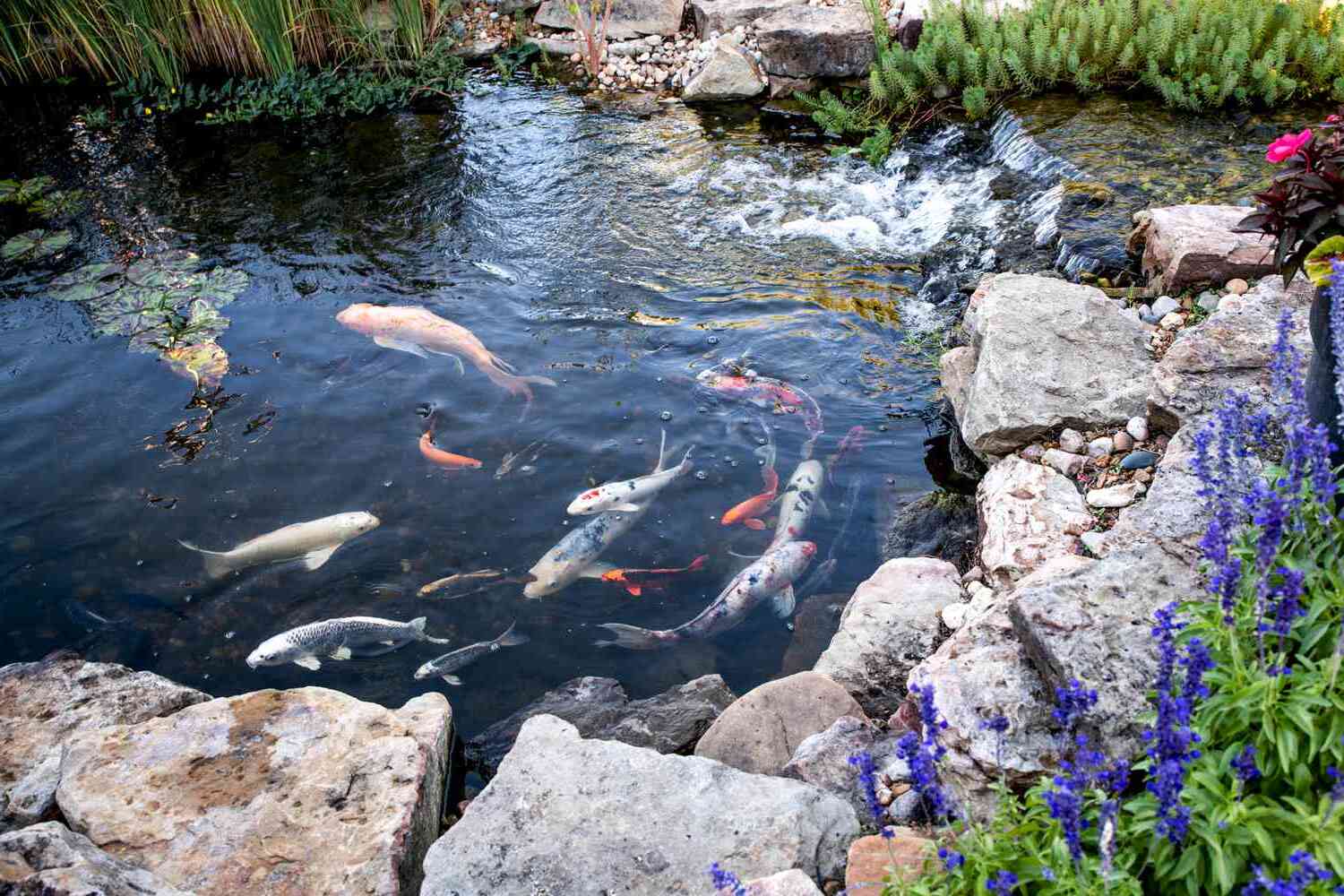
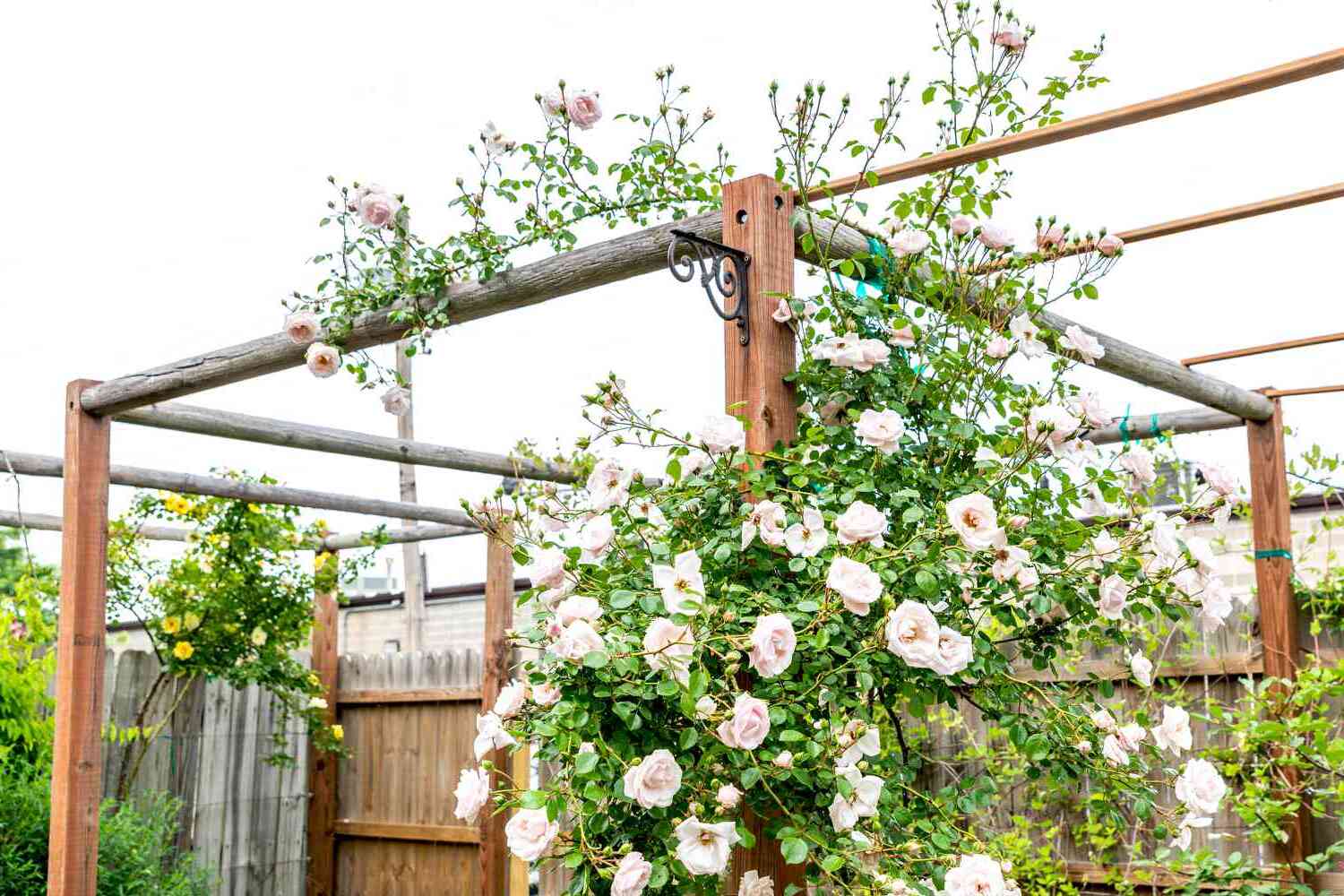
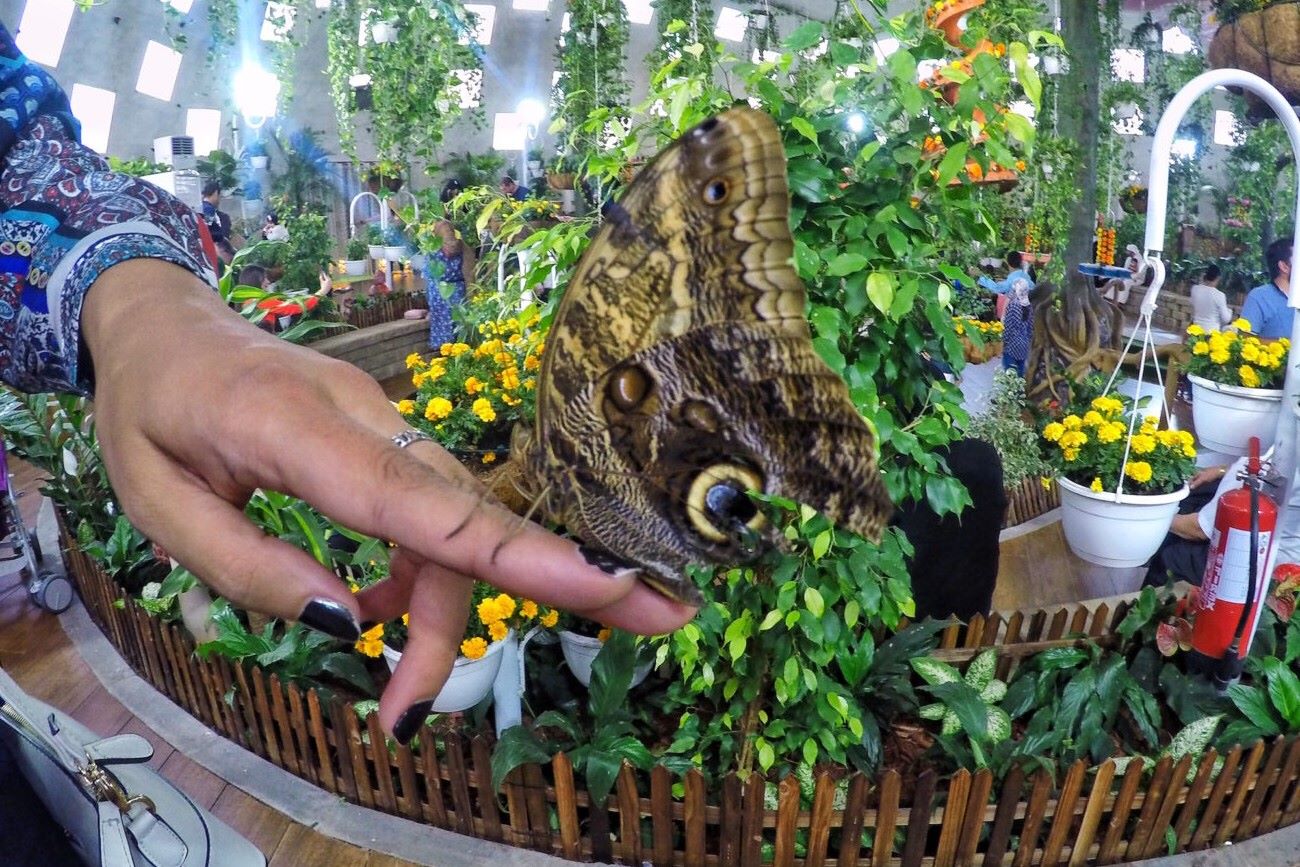
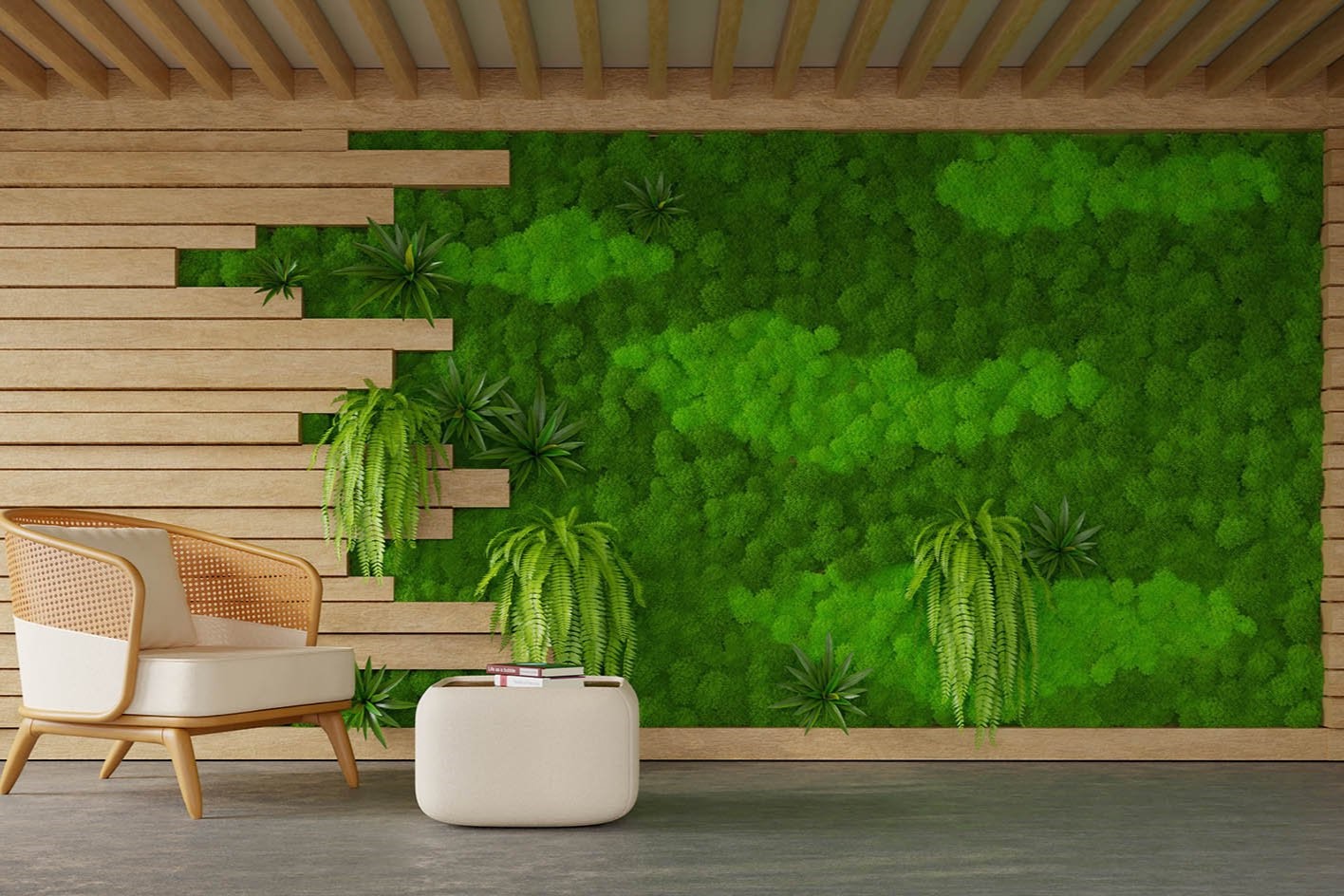
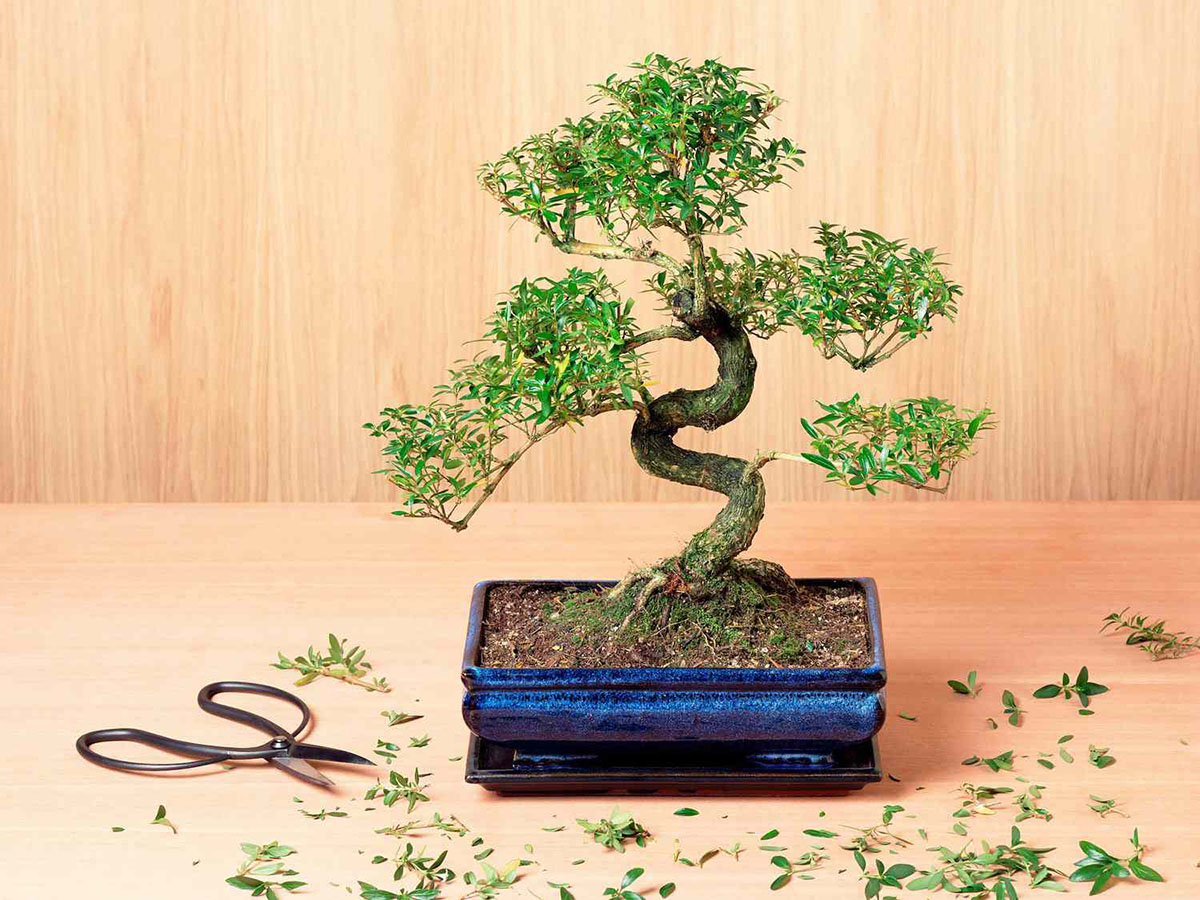
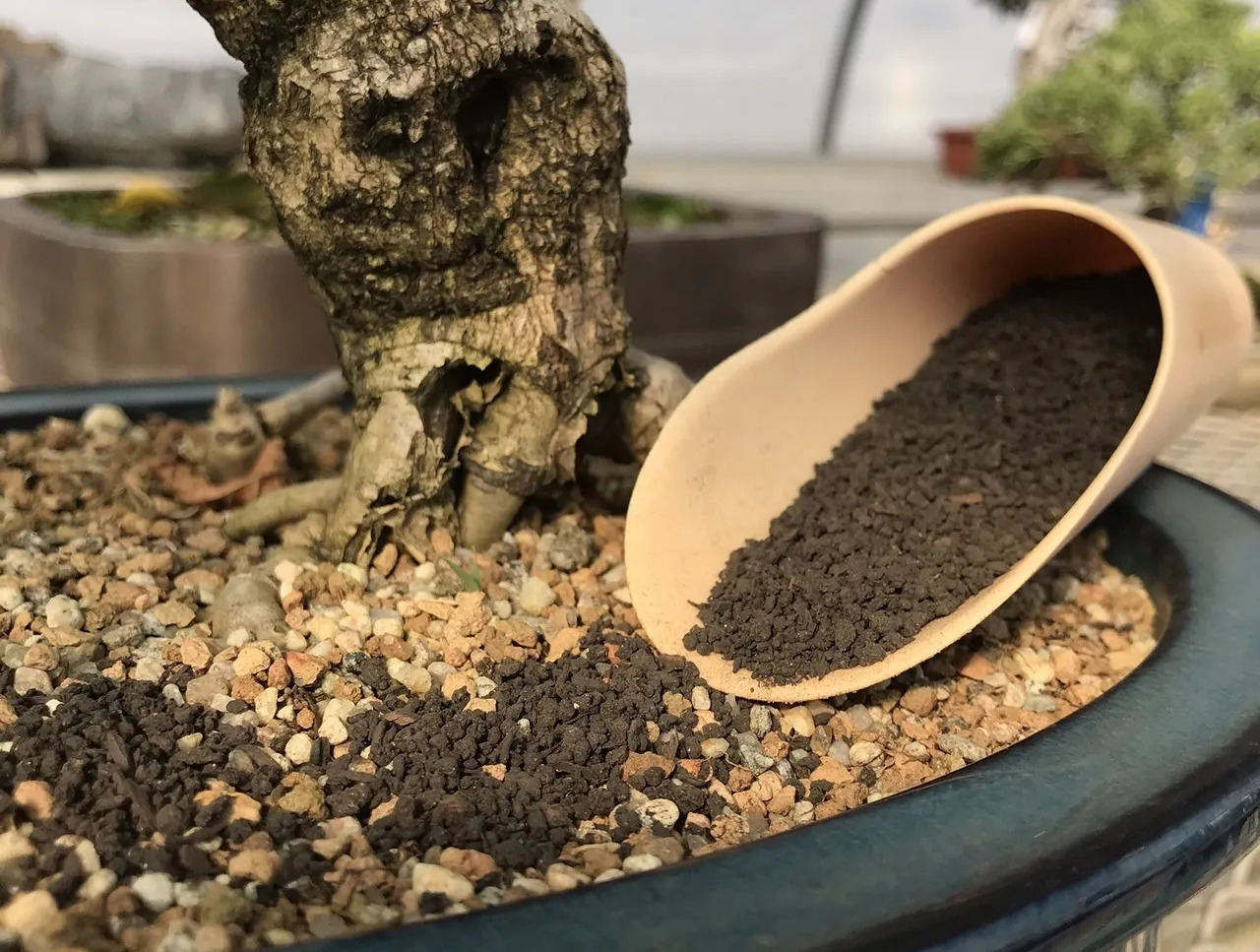
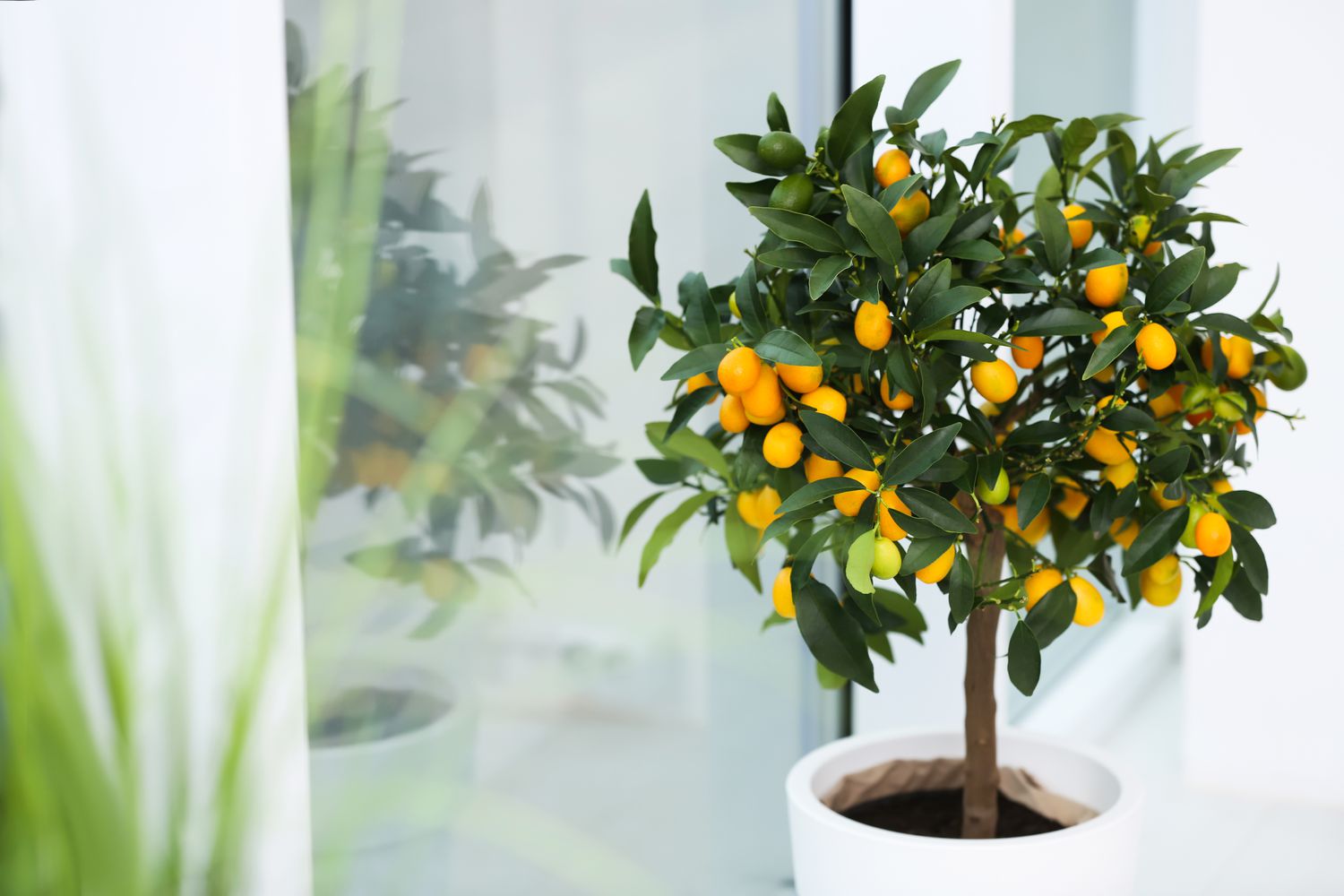
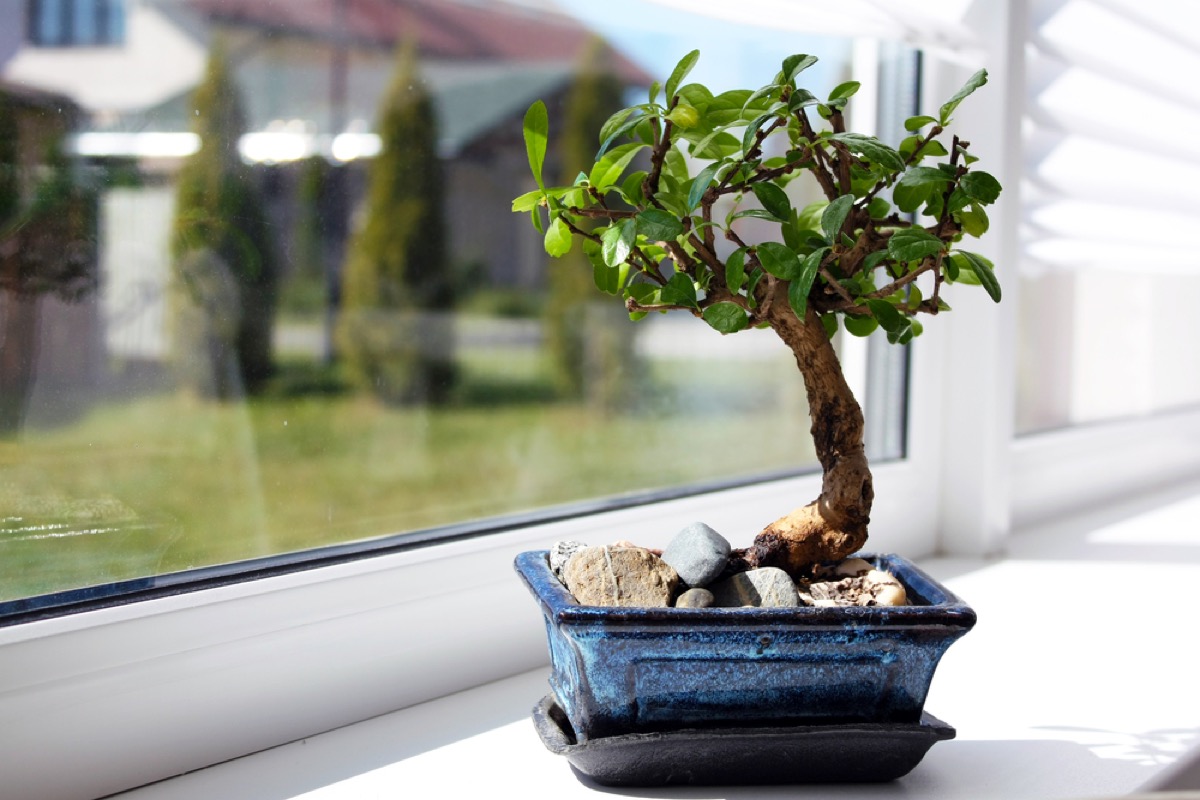
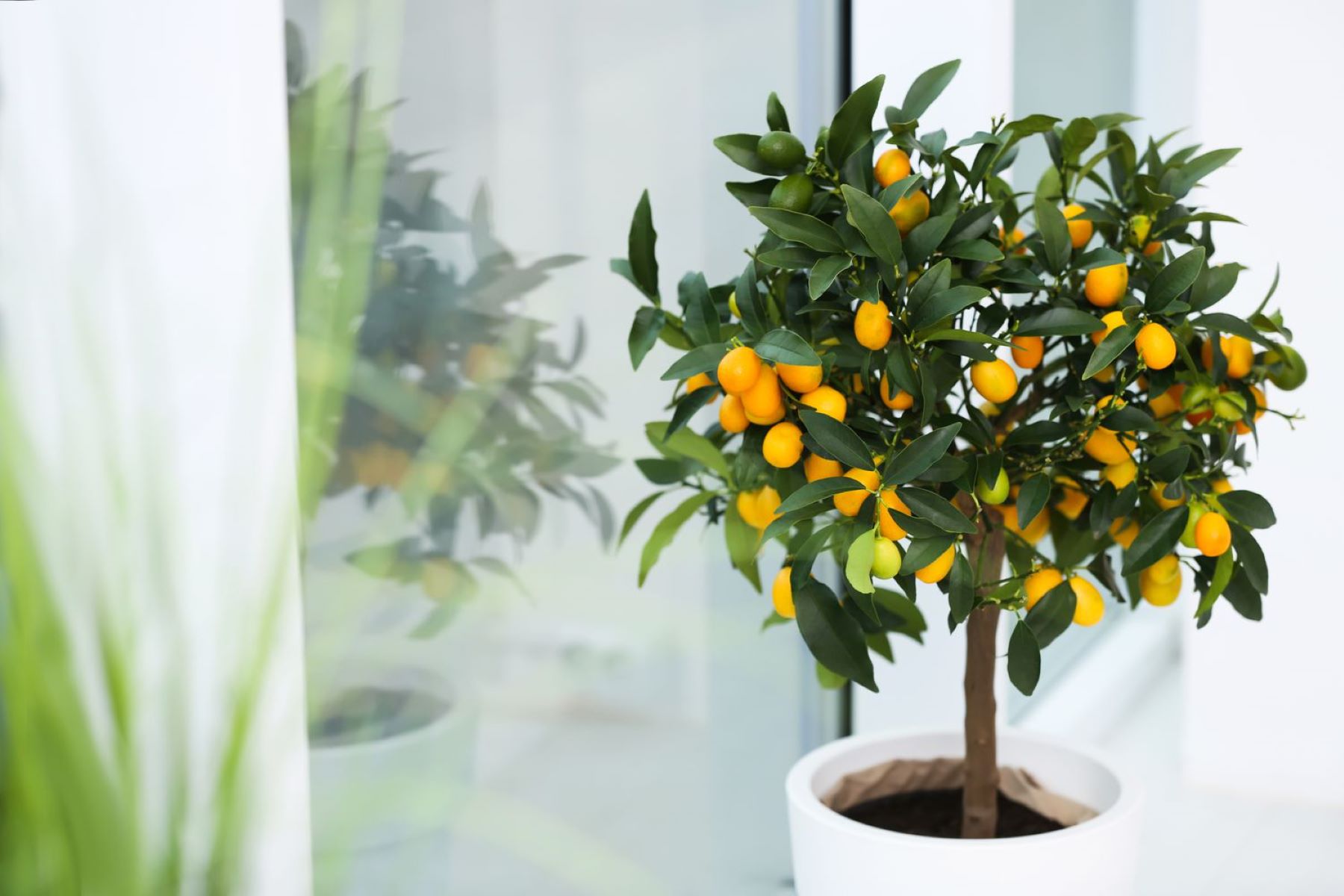
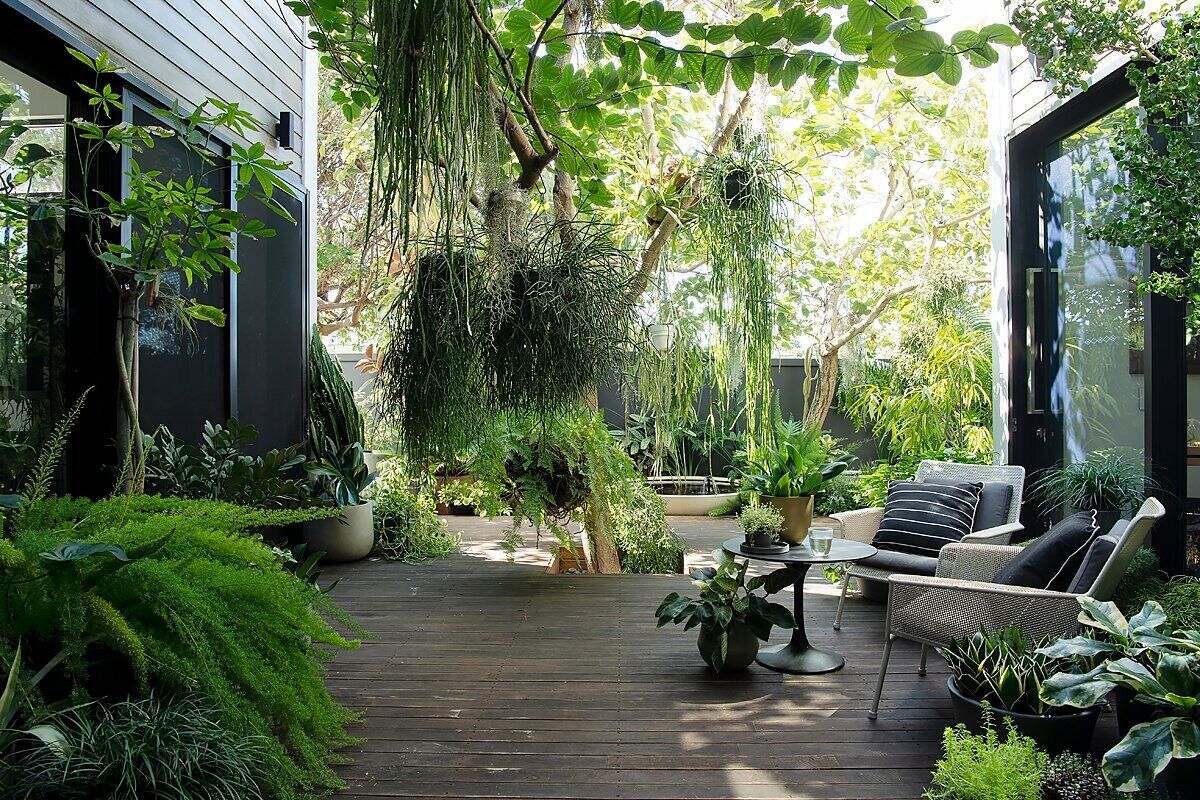
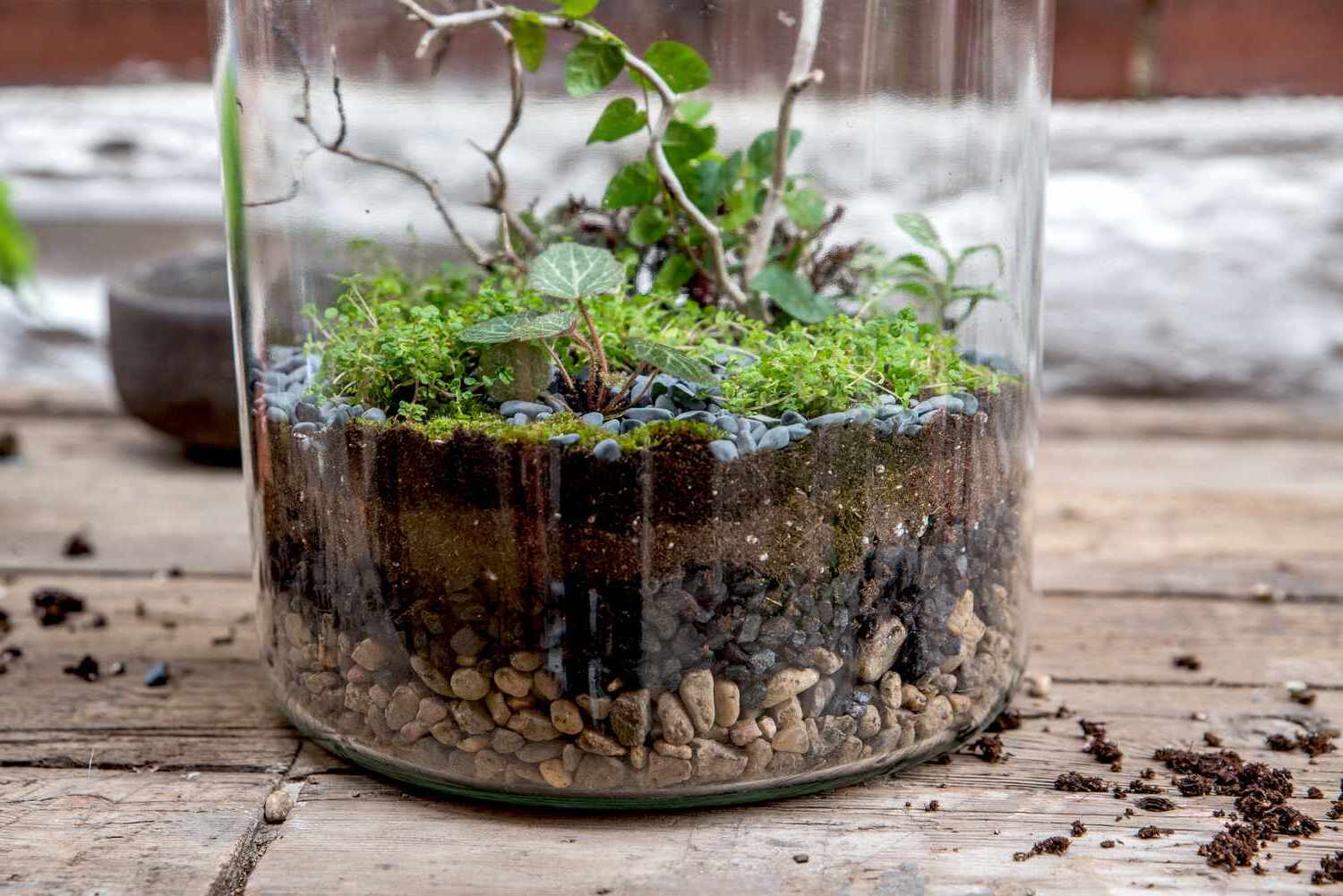
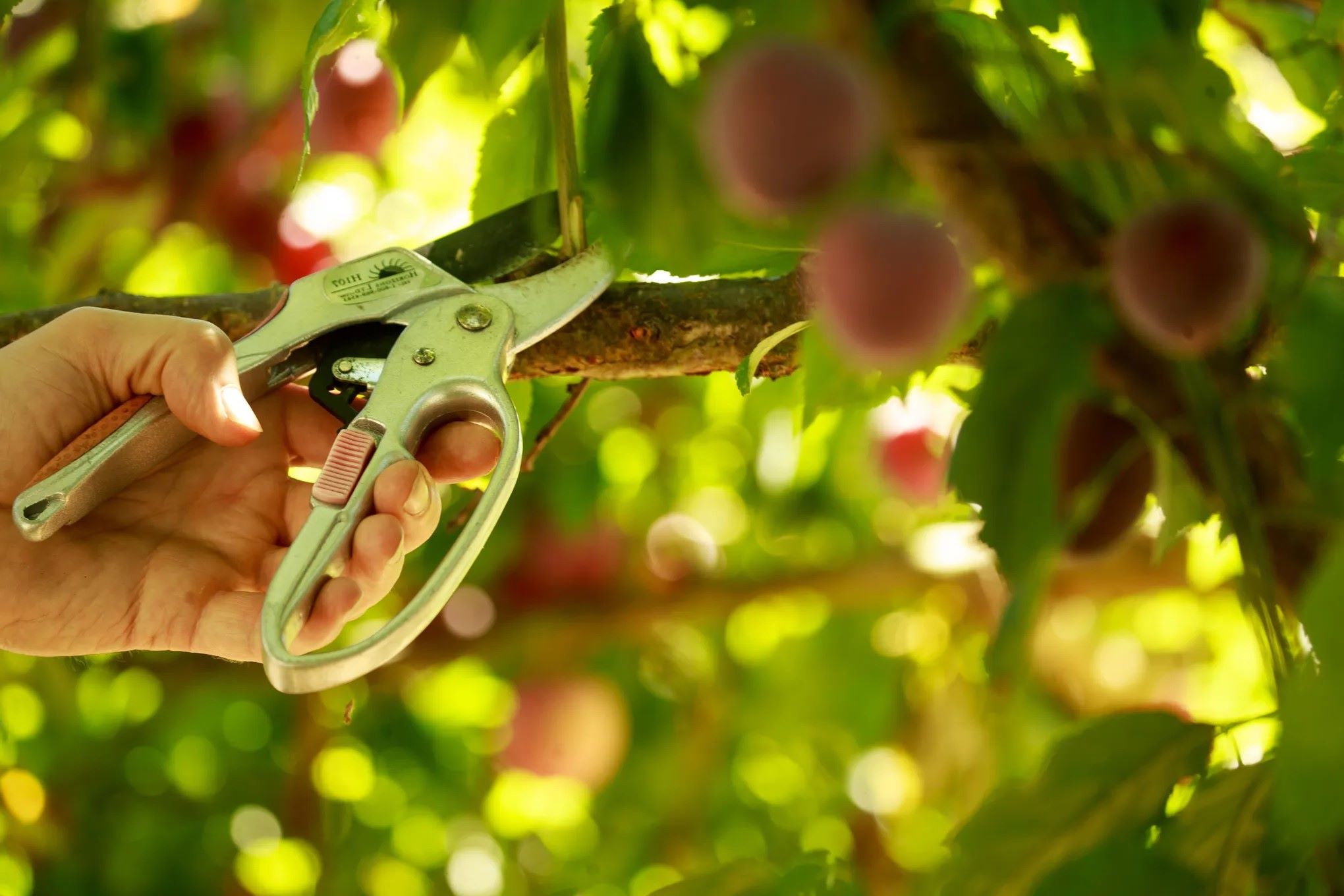
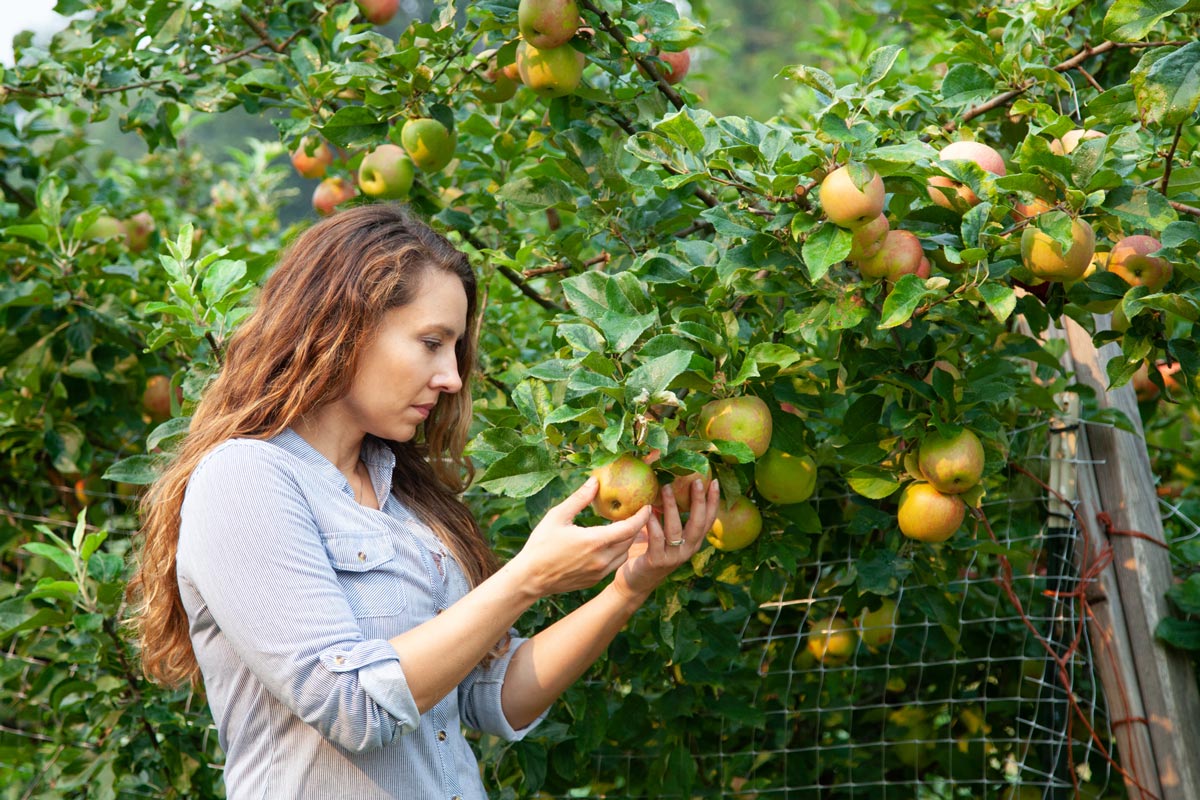
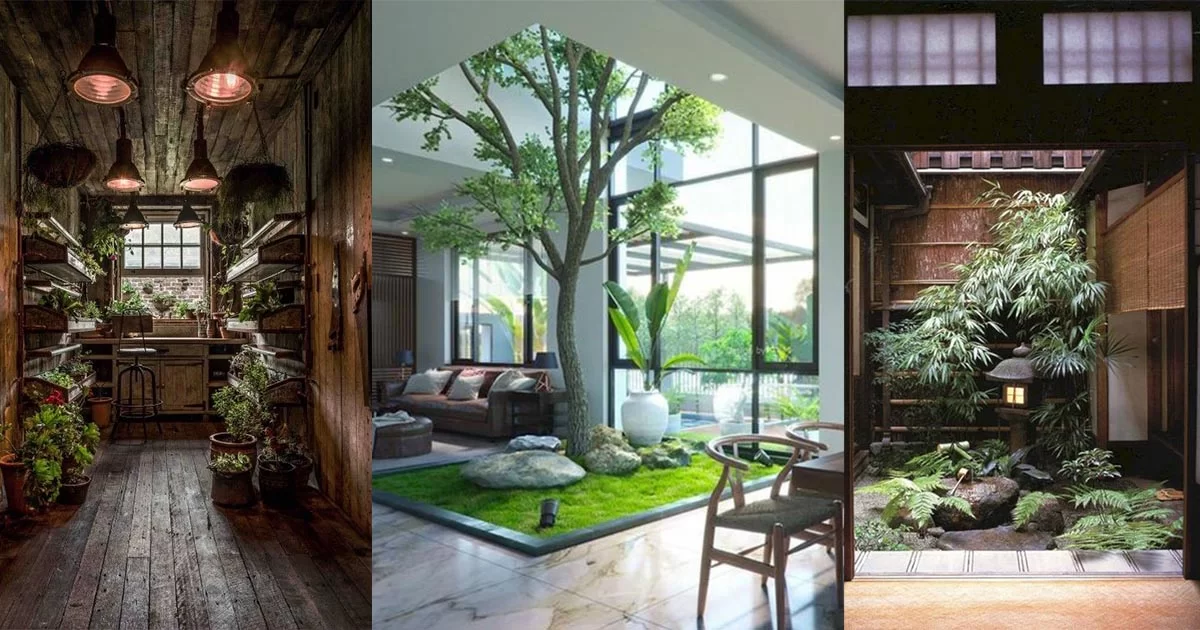

0 thoughts on “Indoor Bonsai Garden Creation and Miniature Tree Cultivation”